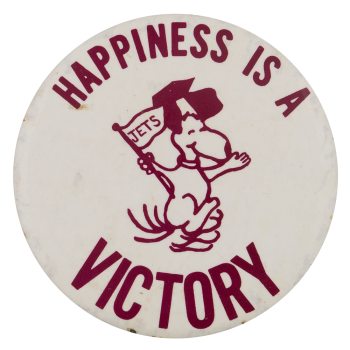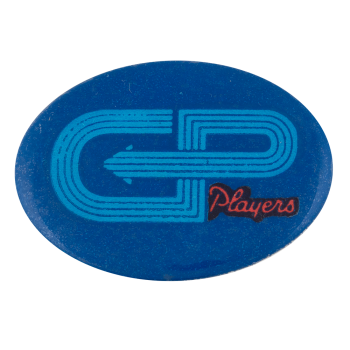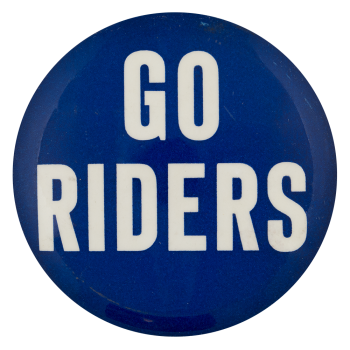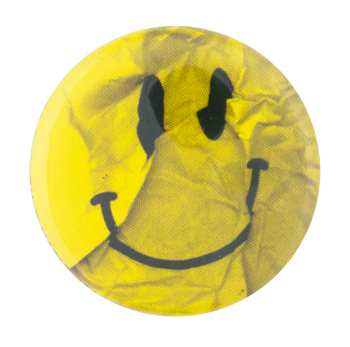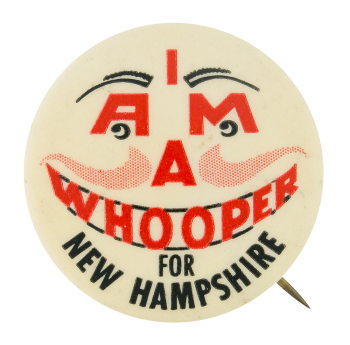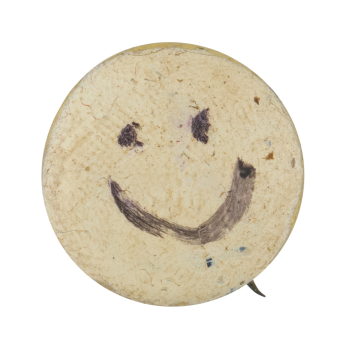Hoosier Pride
| Category | |
|---|---|
| Additional Images | |
| Text on Button | HOOSIER PRIDE |
| Image Description | White text on a red background |
| Curl Text | illegible ... 47401 |
| Back Style | |
| The Shape | |
| The Size | |
| Additional Information | "Hoosier pride" is a phrase thrown around by football fans, alums of Indiana University and residents of Indiana. The word Hoosier as a nickname for residents of Indiana began in print as early as 1833. While the exact origin of the word hoosier is not certain, there are plenty theories of where the word had come from. Indiana historian Jacob Piatt Dunn noted that "hoosier" was frequently used in many parts of the South in the 19th century for woodsmen or rough hill people and traced the word back to "hoozer," in the Cumberland dialect of England. This derives from the Anglo-Saxon word "hoo" meaning high or hill. He suggests that the descendants of immigrants from Cumberland, England brought the name with them when they settled in the hills of southern Indiana. Some sources suggest that the word was initially used derogatorily against the people from the region by outsiders, but today, there're few doubts that residents of Indiana bear their nickname proudly. |
| Catalog ID | SP0075 |





